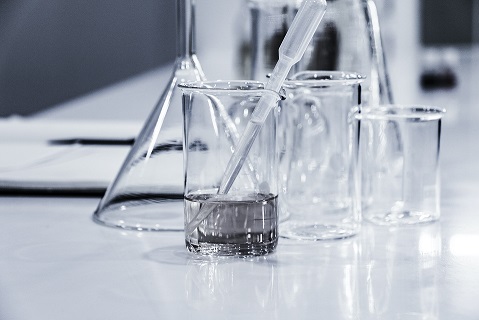
When was chlorine dioxide discovered?
Chlorine dioxide was discovered in 1814 by Sir Humphrey Davy. He produced the gas by pouring sulphuric acid (H2SO4) on potassium chlorate (KClO3). Then he replaced sulphuric acid by hypochlorous acid (HOCl).
In the last few years this reaction has also been used to produce large quantities of chlorine dioxide. Sodium chlorate (NaClO3) was used instead of potassium chlorate. 2NaClO3 + 4HCl ® 2ClO2 + Cl2 + 2NaCl + 2H2O
What are the characteristics of chlorine dioxide?
Chlorine dioxide (ClO2) is a synthetic, green-yellowish gas with a chlorine-like, irritating odor. Chlorine dioxide is a neutral chlorine compound. Chlorine dioxide is very different from elementary chlorine, both in its chemical structure as in its behaviour. Chlorine dioxide is a small, volatile and very strong molecule. In diluted, watery solutions, chlorine dioxide is a free radical. At high concentrations it reacts strongly with reducing agents. Chlorine dioxide is an unstable gas that dissociates into chlorine gas (Cl2), oxygen gas (O2) and heat. When chlorine dioxide is photo-oxidized by sunlight, it falls apart. The end-products of chlorine dioxide reactions are chloride (Cl–), chlorite (ClO–) and chlorate (ClO3-).